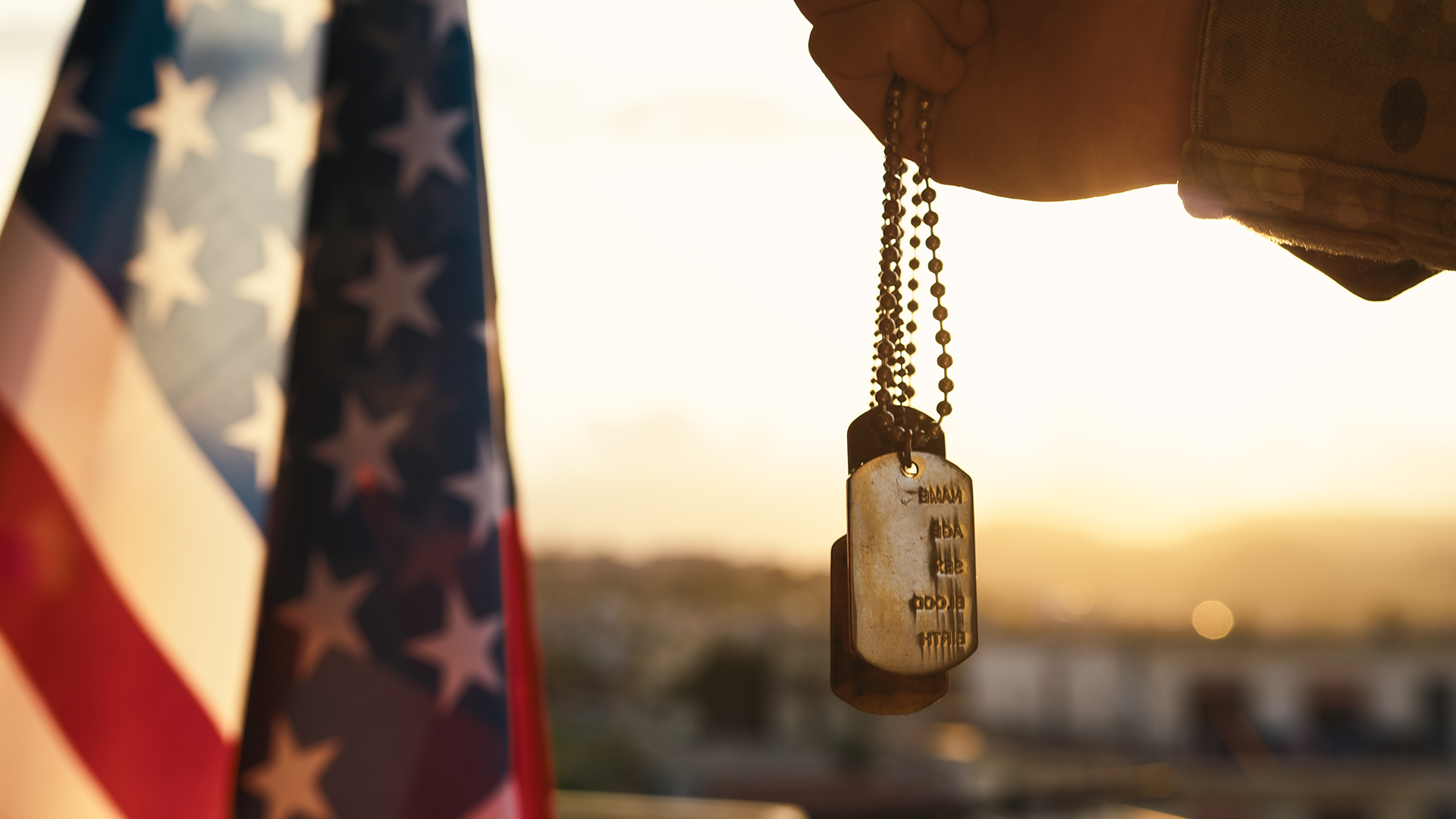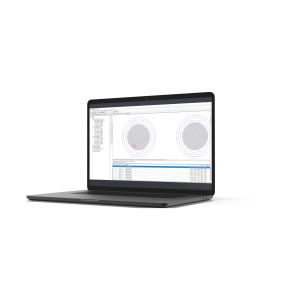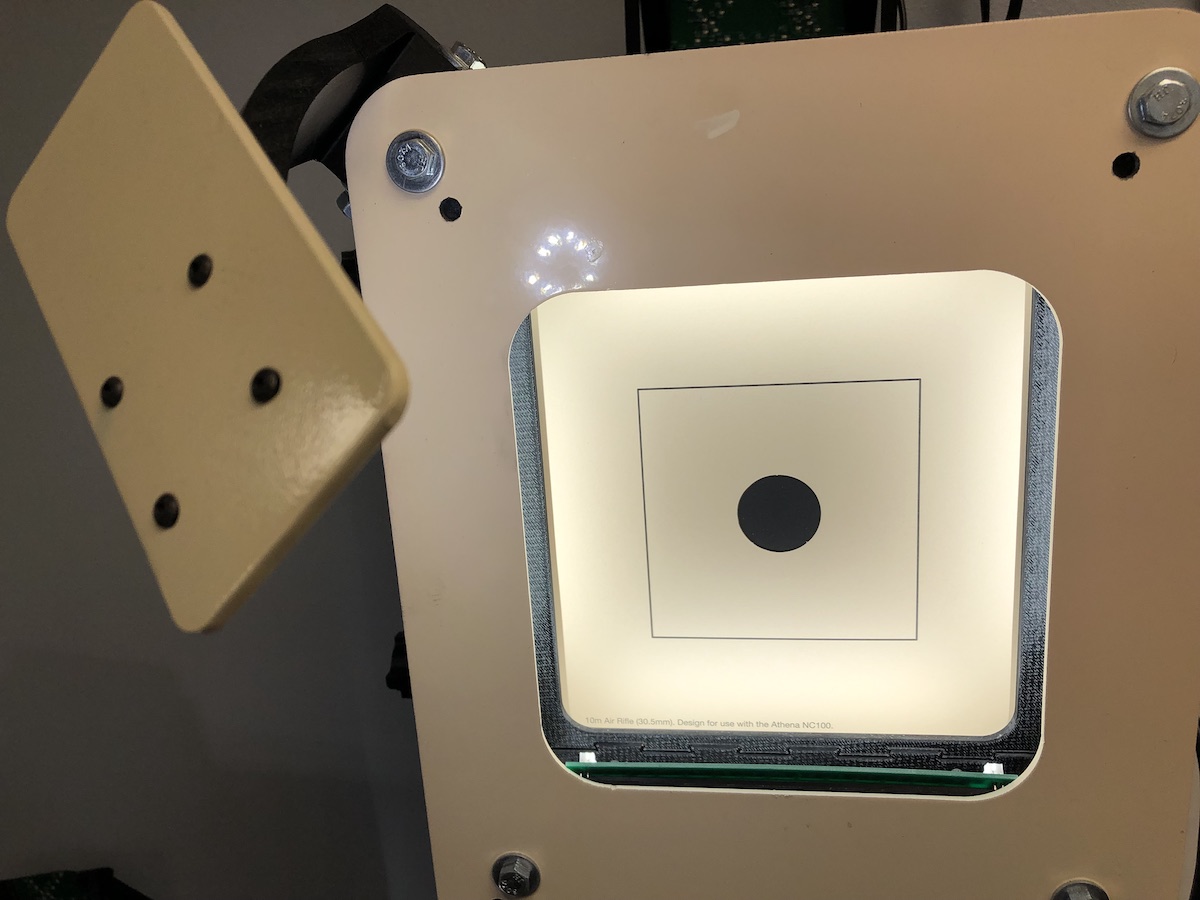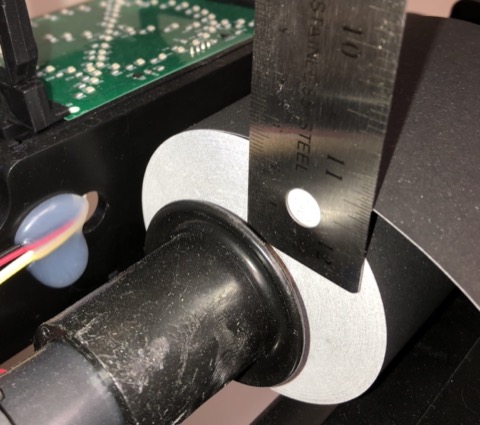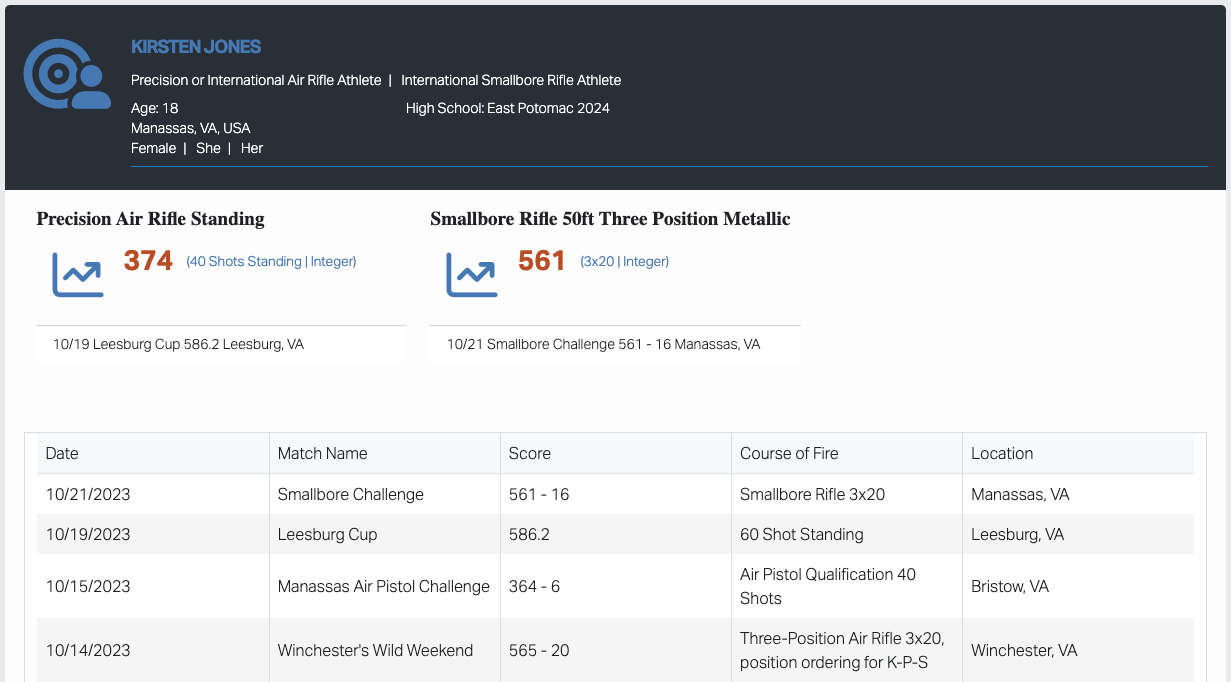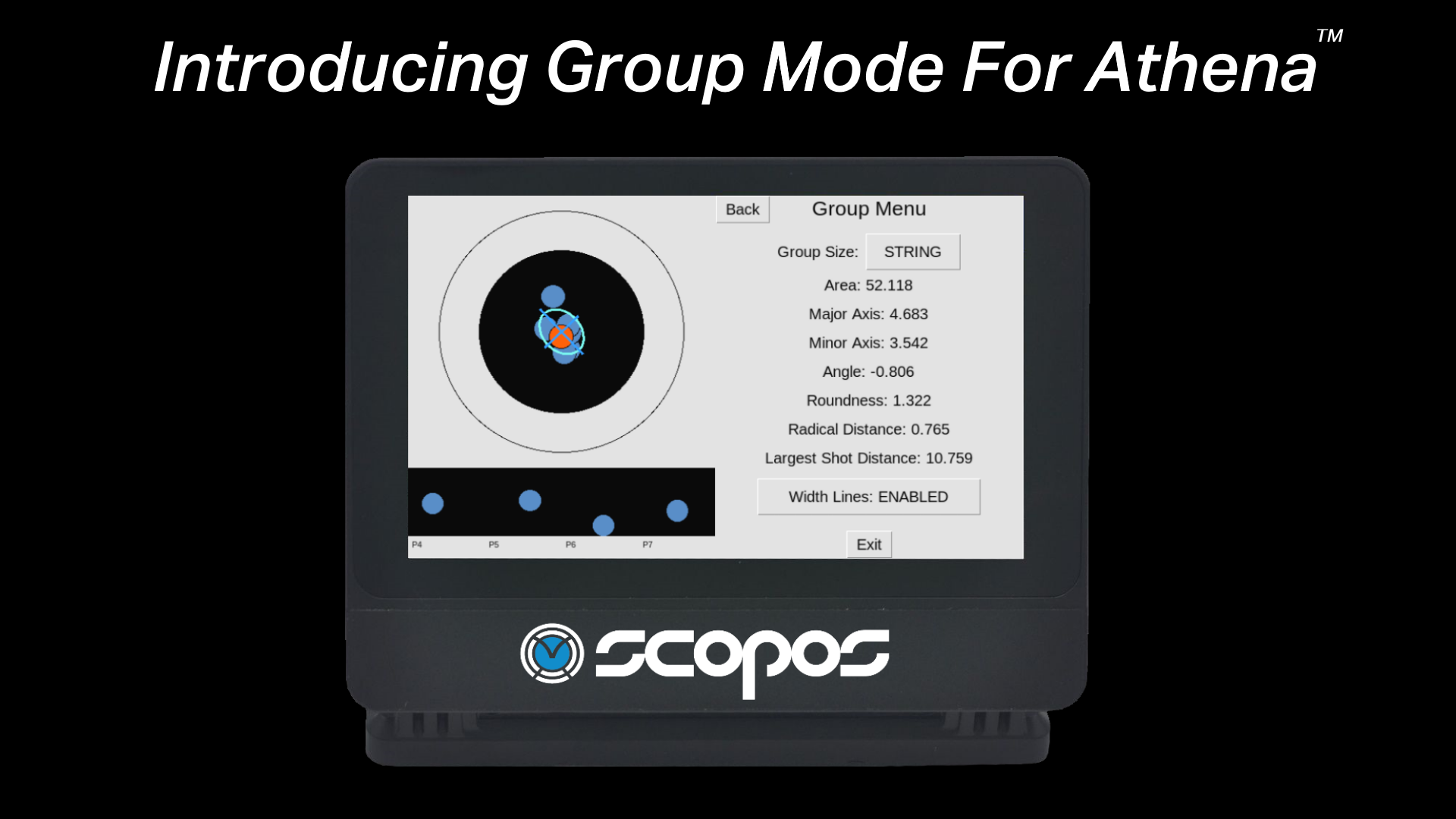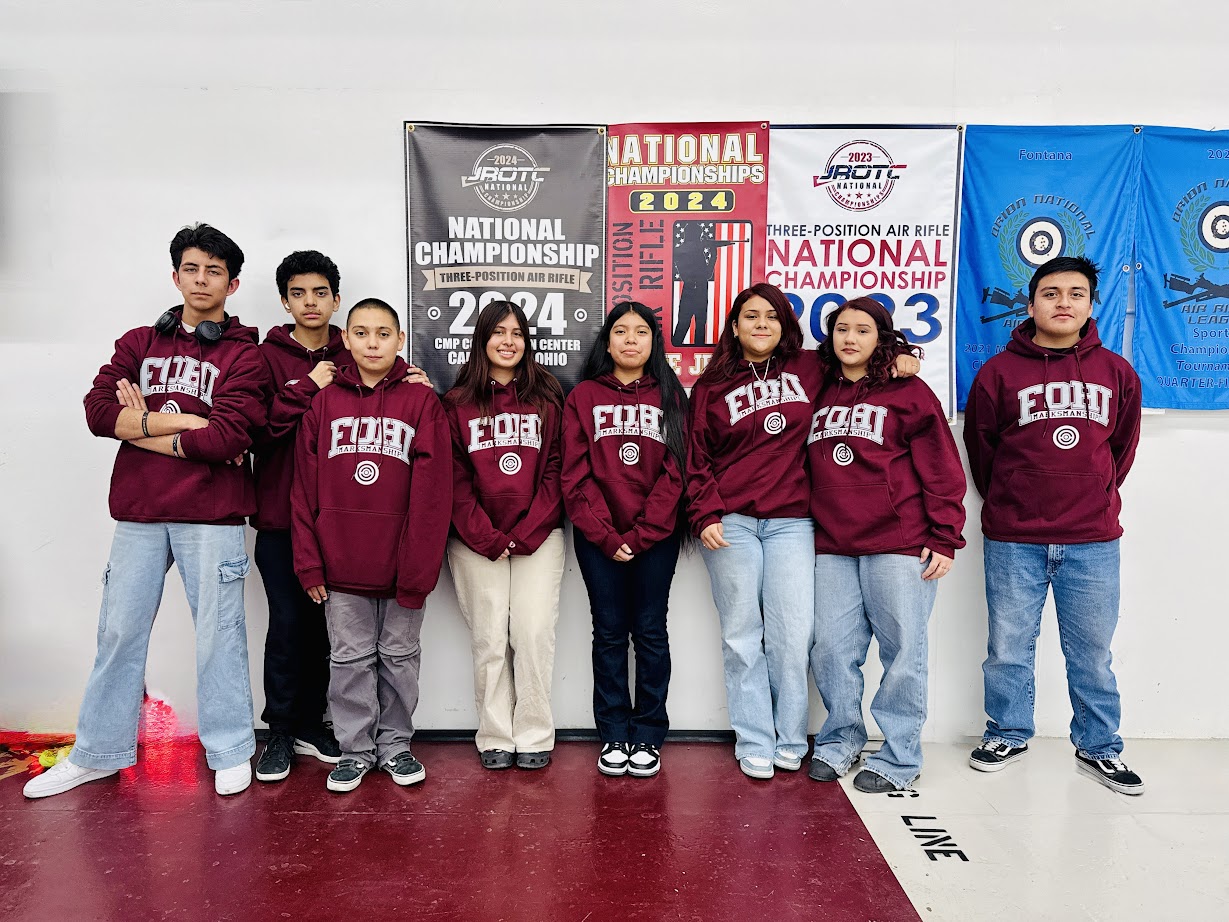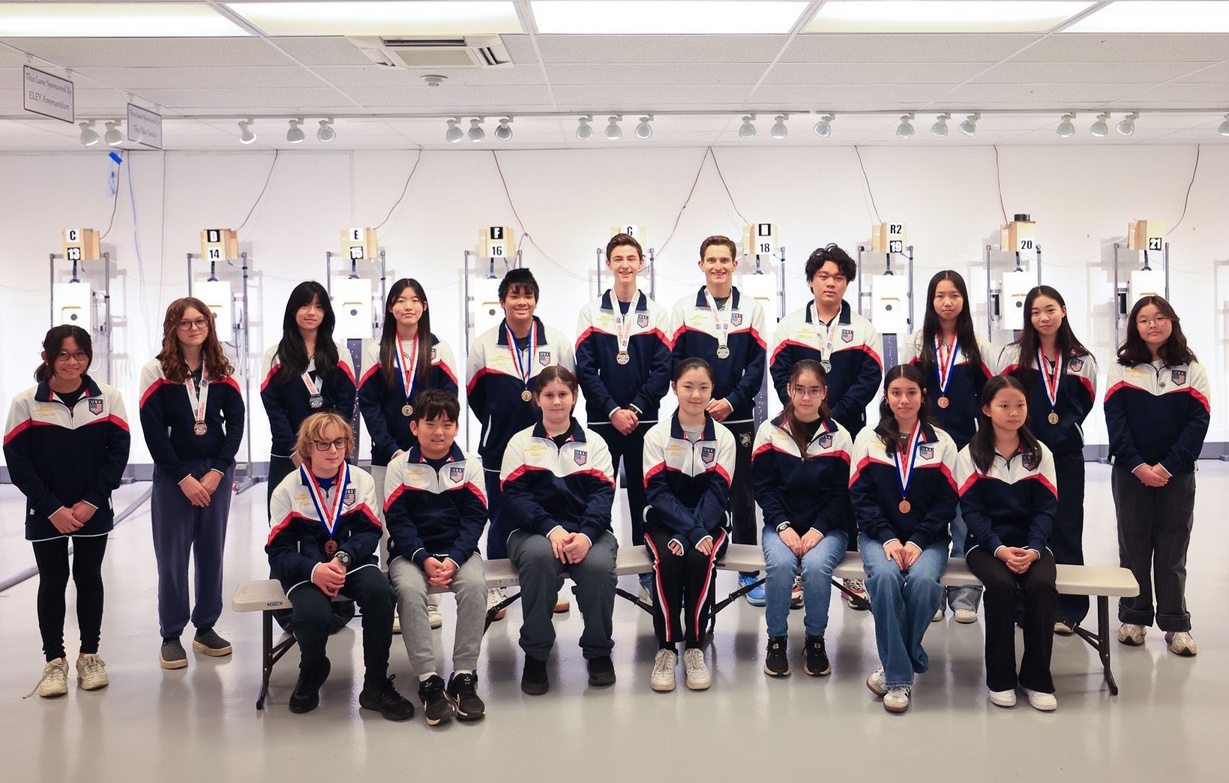We use cookies to make your experience better. To comply with the new e-Privacy directive, we need to ask for your consent to set the cookies. Learn more.
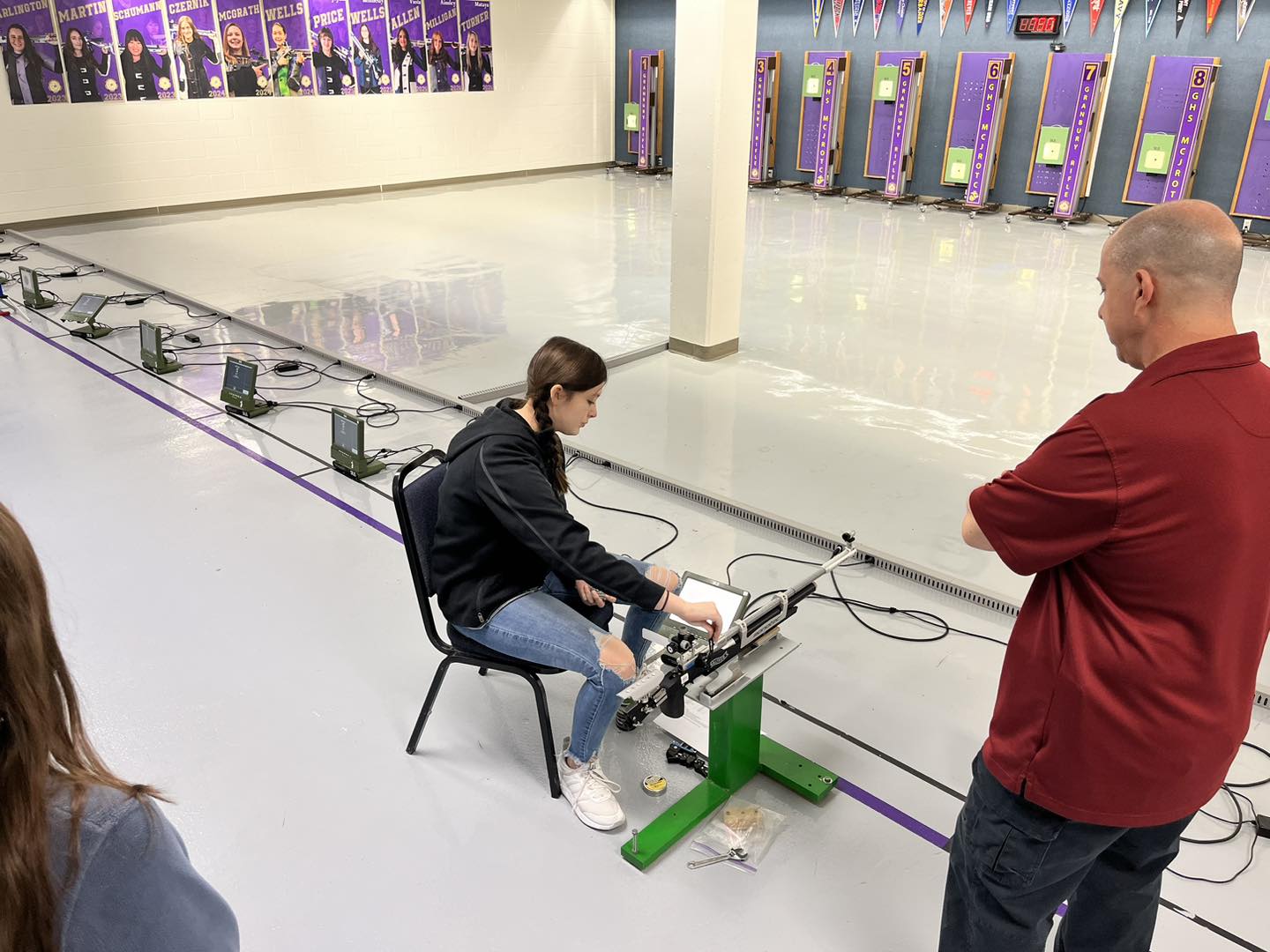
How to Use Orion for Pellet Testing
Competition air gun pellets are all the same and interchangeable ... right? Nope! Not even close. And the only way to know what works best for your rifle or pistol, is to test them.
This sport's equipment (air pistols or precision and sporter class air rifle) share the use of the same common diameter of soft lead pellets, but even among the same model of rifle or pistol from the same manufacturer, different pellet sizes and lots may be preferred between two guns. You probably already know that competition airguns are .177 caliber (177 thousands of an inch). The metric equivalent is 4.5mm. What you may not know is that these .177in/4.5mm pellets are made in different sizes as a way to refine accuracy and match characteristics of your gun's barrel. These different sizes appear as different head sizes. They typically range from 4.48 and go through 4.49, 4.50, 4.51 and 4.52. With 4.50 being the most common. These sizes are determined by the different molds used in manufacturing. Further, variances in lead chemistry and mixture quality may cause the rifle to shoot at higher or lower velocities causing higher or lower shot groups to form. Also variances in weight of the pellet may cause changes to velocity and therefore shot impacts on target.
Well can't you just pull out the test target that came with the rifle? While that is a live sample of 5 shots fired through the gun, that only confirms that the manufacturing process was successful and the next stop is a packing box, it does not tell you the optimal size, brand, or weight characteristics that is unique to that gun.
Every time there is a change in the manufacturing process - Operator shift change, lead wire spool runs out and needs to be replaced, a machine malfunction, a tweak to a machine setting, this necessitates a new lot number. Lot numbers are usually shown on a sticker on the bottom of a tin of pellets or sometimes on a card in the cover of the plastic tray. This sticker may also contain info like the date a lot was made, we are really just concerned with the sequential numbers known as "lot". Each manufacturer uses their own system, so comparison isn't valuable but it will tell you (through testing) which one your gun prefers.
How do you determine which size/brand/weight/lot is best for your rifle? Lot - level Pellet testing.
Steps for Pellet Testing with Orion and Your EST System:
- Gather as many unique pellet lots you have on hand or choose to acquire.
- Create a local match and add your team members as an easy way to remember who's who while recording data.
- Secure your rifle to a steady vise in order to remove the human element of variation in holds/process/etc. Make sure to begin with a full air cylinder
- Use your Athena, Sius or Megalink electronic scoring targets (don't forget to link your match in Orion to the EST).
Note: This process may be used using paper targets, but will require hand measuring the group size in the steps below. - Change your EST to record fire from sighters.
- Optionally, have a chronograph on hand to record muzzle velocities by lot as well to insure consistency.
- Confirm that your rifle in the vise is pointed safely at the target and will make contact somewhere within the scoring area.
- While keeping a log, record the lot number and fire 10 shots without disturbing the rifle in the vise. Be gentle loading the subsequent pellet. It is important to do this in a systematic way and shoot lot 1 first, lot 2 next, etc with each rifle in the same order. Repeat until you have 10 shots for each lot per rifle.(You may need to change targets after each 5 if using paper).
- Do not concern yourself with score and do not adjust sights. You are looking for group size only
- When complete, go to the match results tab in Orion and print Individual score sheets.
- I know that the first 10 shots were lot 1 for each shooter, next was lot 2, etc.
- Create a spreadsheet or paper log of the best (smallest) groups for each rifle, be sure to include 2nd, 3rd and 4th best as well as these are depleting assets and once used, are almost impossible to find the same lot unless purchased at the same time.
In the example shown below, I tested 5 lots from 3 manufacturers in different head sizes using 4 different cadet's rifles on an EST. The results are summarized in the table, each cell represents the group size (in mm squared) for that lot and rifle combination. Technically speaking the group size is a statistical measure using bivariate normal distribution. In more human terms, it's how big the group is. The smaller the group size the better the gun and ammo combination.
Stated again, what you are looking for in a group size is much like a golf score....the lower the better!

In this table, the smallest group size is highlighted for each athlete.
- Lot A performed best for Athlete 2
- Lot D performed best for Athlete 1
- Lot E performed best for Athlete 3 and 4
A dramatic take away from these results is, different lots will perform different for different athlete's rifles. Testing is the only way to know for sure, what works best fory your rifle.
The raw data from this example, in the form of Orion's indiviudaul score sheet, may be downloaded here.
Visual Example
The two images below were shot by two different lots of ammo, but the same rifle.
The lot shown on the left has a group size of .97mm2. The lot shown on the right has a group size of 8.08mm2. Visually, you can see the lot of the left is smaller than the lot on the right. Smaller groups are better and will lead to higher scores.
If this was my rifle, I'd absolutely be using the lot of the left.


Conclusion
Different pellets will perform better or worse given different rifles or pistols. Knowing which ammo is best for your gun can only be done through testing.
Using Orion, along with an EST system and a steady vise, can help you quantitatively measure how well each lot of pellets perform in each of your rifles or pistols.
I have our cadets perform pellet testing about once a year. It builds their confidence knowing they have a pellet that performs well in their rifle and helps coaches have an excuse eliminator if a shooter tries to blame their equipment for a lousy shot process on a particular day!


